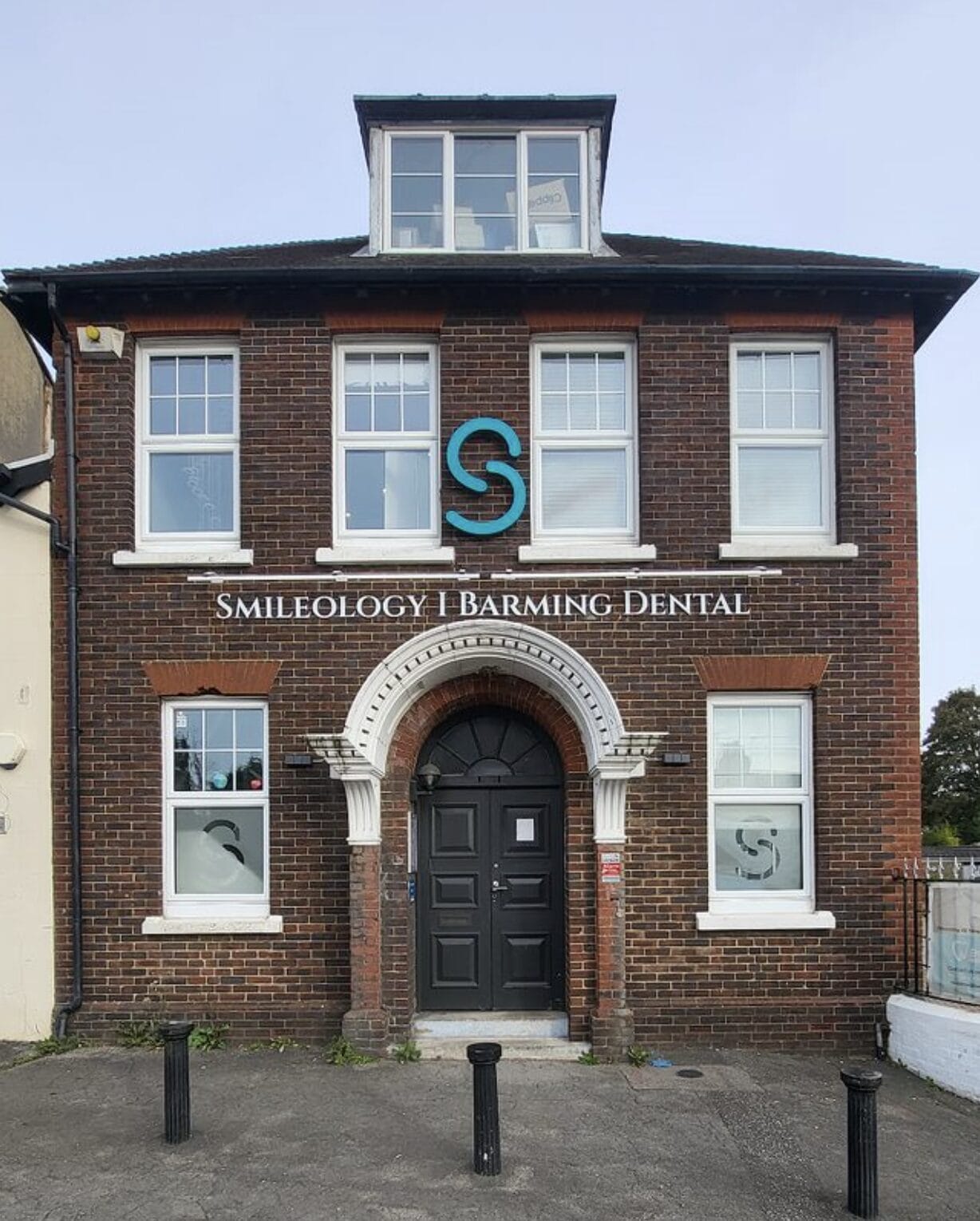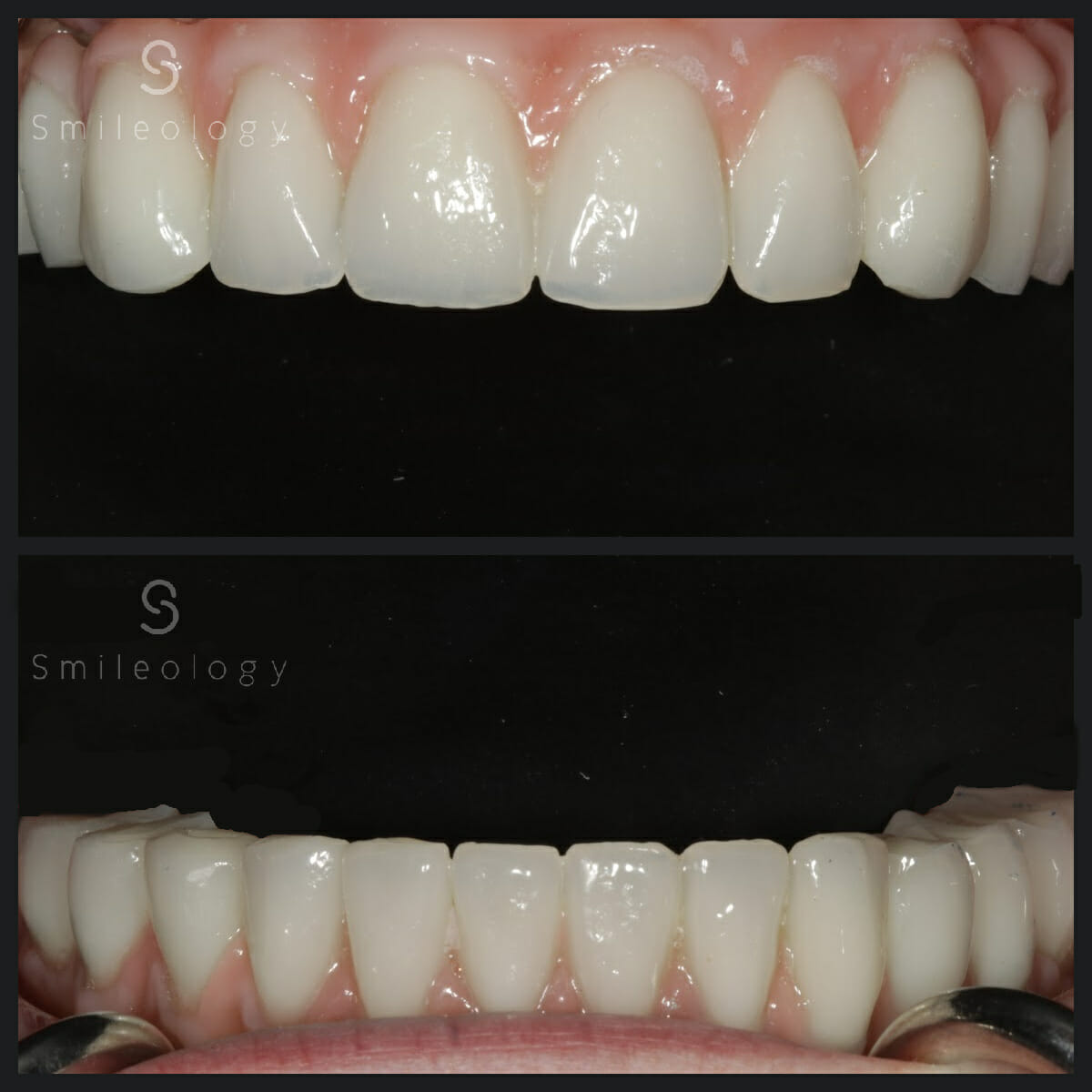Recover Performance and Aesthetic Appeals: Dental Implants Kent Services
Recover Performance and Aesthetic Appeals: Dental Implants Kent Services
Blog Article
Experience the most recent Advancements in Dental Implants Technology
As the field of dental care proceeds to progress, the advancements in oral implant technology have been nothing short of exceptional. The combination of technology is transforming the performance of oral implants, assuring enhanced end results and patient contentment.
Advanced Products for Boosted Durability
In the realm of oral implants innovation, the assimilation of innovative products has substantially added to enhancing sturdiness and long life of these crucial dental prosthetics. The use of materials such as titanium alloys, zirconia, and ceramic compounds has revolutionized the field by supplying enhanced stamina, resistance, and biocompatibility to rust.
Titanium alloys are widely used in oral implants because of their extraordinary strength-to-weight ratio, corrosion resistance, and compatibility with the human body. These alloys make certain the security and durability of the dental implant by holding up against the forces put in throughout eating and talking, supplying a reliable service for individuals seeking resilient tooth replacements.
Zirconia, a type of ceramic product, has actually acquired appeal for its biocompatibility and all-natural tooth-like appearance. Its high stamina and resistance to put on make it a suitable choice for dental crowns and bridges, improving the overall visual appeals and functionality of the dental implant.

Digital Imaging for Precise Placement
The development of oral implants technology has actually additionally advanced with the integration of digital imaging methods, making sure specific placement of these prosthetics for optimal functional and aesthetic results. Digital imaging plays an important duty in the preparation and placement of dental implants by supplying thorough 3D photos of the patient's jawbone framework. This innovation enables dental practitioners to evaluate bone thickness, locate important frameworks, and intend the precise position and angle for dental implant placement with unequaled precision.
By using digital imaging, dental experts can create online surgical guides that offer as a roadmap during the implant placement treatment. These guides are personalized for each and every client, thinking about their unique makeup and the preferred result. This level of precision not just boosts the success price of oral implant treatments however also reduces the risk of problems.
Additionally, digital imaging makes it possible for dental professionals to imagine the final prosthetic reconstruction prior to the real positioning of implants, enabling meticulous planning and ensuring that the result meets the client's visual assumptions. Overall, the assimilation of electronic imaging technology has actually changed the area of dental implants, offering people an extra foreseeable, reliable, and patient-specific treatment approach.

Minimally Invasive Surgical Strategies


Innovations in medical approaches have resulted in the advancement of minimally intrusive techniques in the field of oral implantology. These techniques intend to minimize trauma to the client, reduce recuperation times, and boost overall therapy end results. Minimally intrusive operations entail smaller lacerations, specialized tools, and progressed imaging modern technologies to precisely put oral implants with marginal disruption to bordering cells.
One secret aspect of minimally intrusive methods a knockout post is using assisted surgical treatment, where 3D imaging and computer-aided style software are utilized to prepare the implant placement with great accuracy. This permits an extra predictable result and can commonly eliminate the need for substantial flap surgical procedure.
Additionally, improvements in materials and dental implant style have also added to the success of minimally intrusive techniques. Implants with enhanced surface residential properties advertise faster osseointegration, reducing the recovery time called for before the prosthetic remediation can be positioned.
3D Printing for Personalized Solutions
Using 3D printing technology in oral implantology allows for the production of extremely customized options customized to individual person requirements and physiological variants. This advanced innovation makes it possible for oral specialists to design and make oral implants with outstanding accuracy and accuracy. By using digital imaging techniques, such as cone beam of light computed tomography (CBCT), detailed 3D versions of the client's mouth can be created to assist the dental implant planning process.
Among the vital advantages of 3D printing in dental implantology is the capacity to create patient-specific implants that perfectly fit the special makeup of each person. This personalized approach aids enhance the total success and long life of the dental implant by making sure optimal fit and positioning. Additionally, 3D printing enables the manufacturing of intricate geometries and intricate structures that would be tough or impossible to accomplish utilizing typical production techniques.
Furthermore, 3D printing technology allows dental practitioners to simplify the implantation process, lowering surgery time and boosting general patient experience. With its capability to produce personalized solutions promptly and efficiently, 3D printing is revolutionizing the area of dental implantology, offering people cutting-edge therapy options and enhanced results.
Integrated Technology for Improved Functionality
Applying advanced innovation in dental implantology enhances capability and accuracy, elevating the standard of look after clients undergoing dental implant procedures. Integrated innovation plays an important try this out function in enhancing the general success and sturdiness of oral implants. One essential innovation is the combination of electronic scanning and imaging innovations, such as cone-beam computed tomography (CBCT) and intraoral scanners. These devices enable for comprehensive 3D imaging of the person's oral structures, promoting specific therapy preparation and implant positioning.
Moreover, the combination of computer-aided layout and computer-aided manufacturing (CAD/CAM) innovation allows the production of custom-made dental implant reconstructions with phenomenal precision. CAD/CAM systems make use of electronic impressions to design prosthetics that perfectly fit the person's distinct anatomy, ensuring optimum convenience this contact form and performance. Furthermore, using robotic-assisted surgical procedure in implant positioning boosts precision and minimizes the risk of human error.
Verdict
In final thought, the most recent innovations in oral implants technology deal improved durability with innovative materials, specific positioning with electronic imaging, minimally invasive medical techniques, customized options with 3D printing, and improved capability with integrated modern technology - Dental implants Kent. These advancements in dental implants modern technology are reinventing the area and offering people with more efficient and effective treatment alternatives for recovering their smiles and dental wellness
The assimilation of modern technology is changing the functionality of dental implants, promising boosted end results and individual contentment.
The evolution of oral implants technology has even more progressed with the combination of digital imaging strategies, ensuring specific positioning of these prosthetics for optimum functional and aesthetic end results. Minimally invasive surgical treatments include smaller incisions, specialized instruments, and progressed imaging modern technologies to exactly place dental implants with very little disturbance to surrounding cells.
Carrying out advanced innovation in dental implantology improves capability and precision, elevating the standard of care for patients undertaking dental implant treatments. Dental implants Kent. Integrated technology plays a crucial role in enhancing the total success and sturdiness of dental implants
Report this page